share this
Symbols of A Nation
A Cloth. A King and a Girl born on Friday
When 1st asked to participate as the cover artist for the Black Panther World of Wakanda project, I was blown away by the opportunity to work on this Iconic character with Authors Ta-Nehesi Coates, Roxane Gay, and Poet Yona Harvey as well as Artist Alitha Martinez. She was the 1st brown woman I'd seen sitting behind a comic convention table at NY comic con oh so many years ago. My paradigm shifted, breaking the spell that women had no place in the comic world other than Busty heroines and quirky sidekicks on the page. The idea of even making a comic seemed so far away, but there she was, inking Ironman and drawing legendary characters I at the time only scribbled in my sketchbook. Many years later to work with her on this project was like a pingback to that pivotal moment. The 1st thing I wanted to do to commemorate this was to put a piece of myself into the work. My name, Afua, is a West African word meaning 'Girl born on Friday'. The symbols that I have embedded into each cover are icons from the same region of Africa that my name originates. They are called the Adinkra Symbols of the Akan Peoples; West Africa.
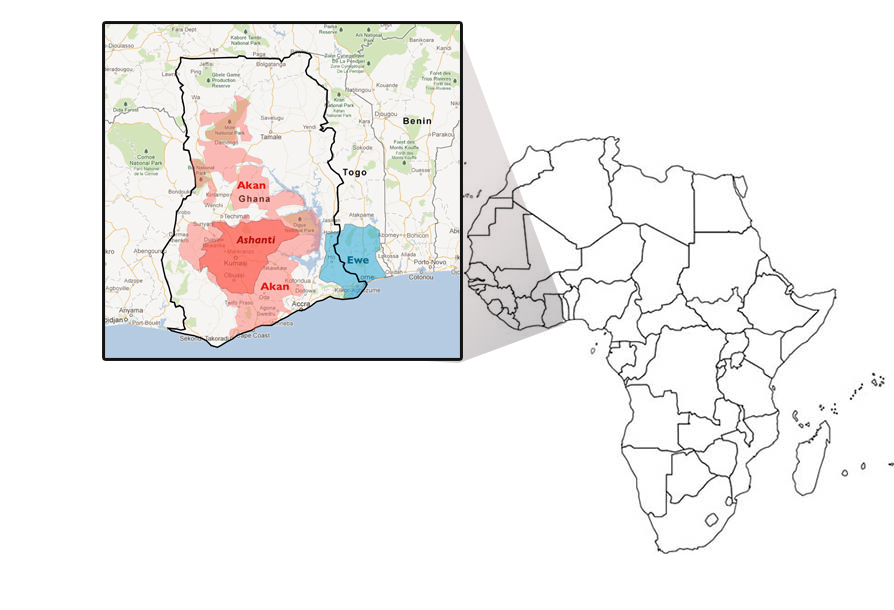
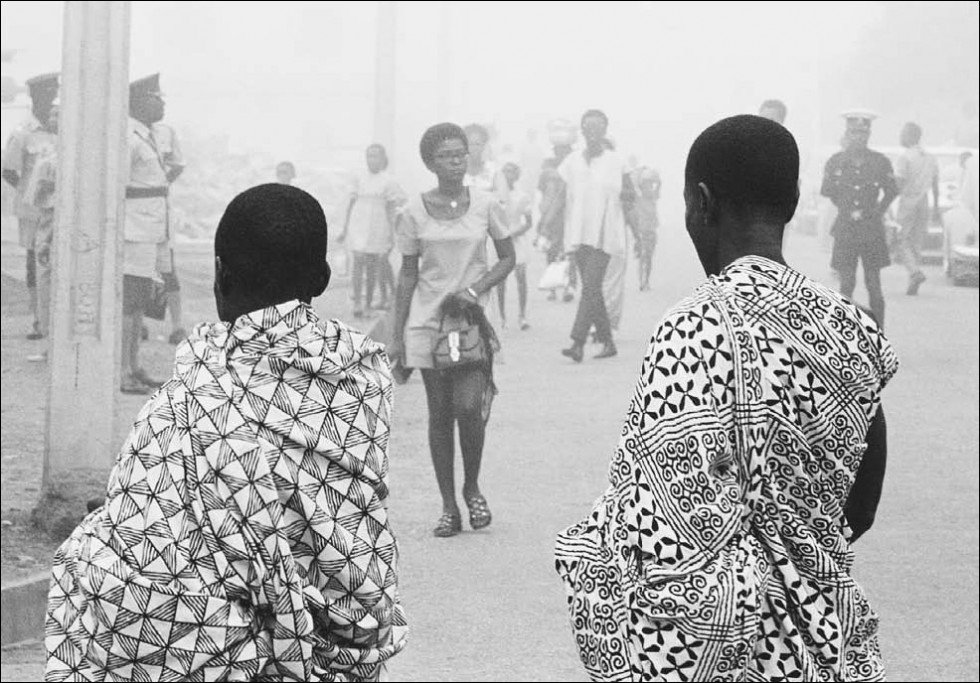
The Adinkra symbols are the visual philosophies and aphorisms named after the 19th-century king of the Gyaaman kingdom, Nana Kofi Adinkra ( the name Kofi is the masculine version of my name, so it would translate into a boy born on Friday) Gyaaman is a medieval Akan people state located in the peninsula Ashantiland and Côte D’Ivoire. In 1818 There was a war between the Ashanti and the Gyaaman kingdom. King Adinkra had replicated their sacred golden stool. To spare his people more bloodshed, King Adinkra surrendered himself to Kumasi, The capital of Asante. On his fatal march to the capital, he wore a patterned cloth with these symbols painted on them with calabash stamps using vegetable based dyes. Adinkra is also a Twi word meaning “ Farewell”, which is appropriate for the last moments of the ill-fated king.
I thought of no better way to celebrate the victory of this journey and this monumental comic bookmarking the first and second black female writers for Marvel Comics. Wakanda is the most technologically advanced nation in the Marvel Universe residing in Africa/ I put my heart and soul into these covers. These Adinkra symbol meaning are relevant to each of the storylines whose covers bind them. I am studying them and learning more about them so I can embrace them into my own fabric's march forward, so I share this journey and these symbolic meanings with you.
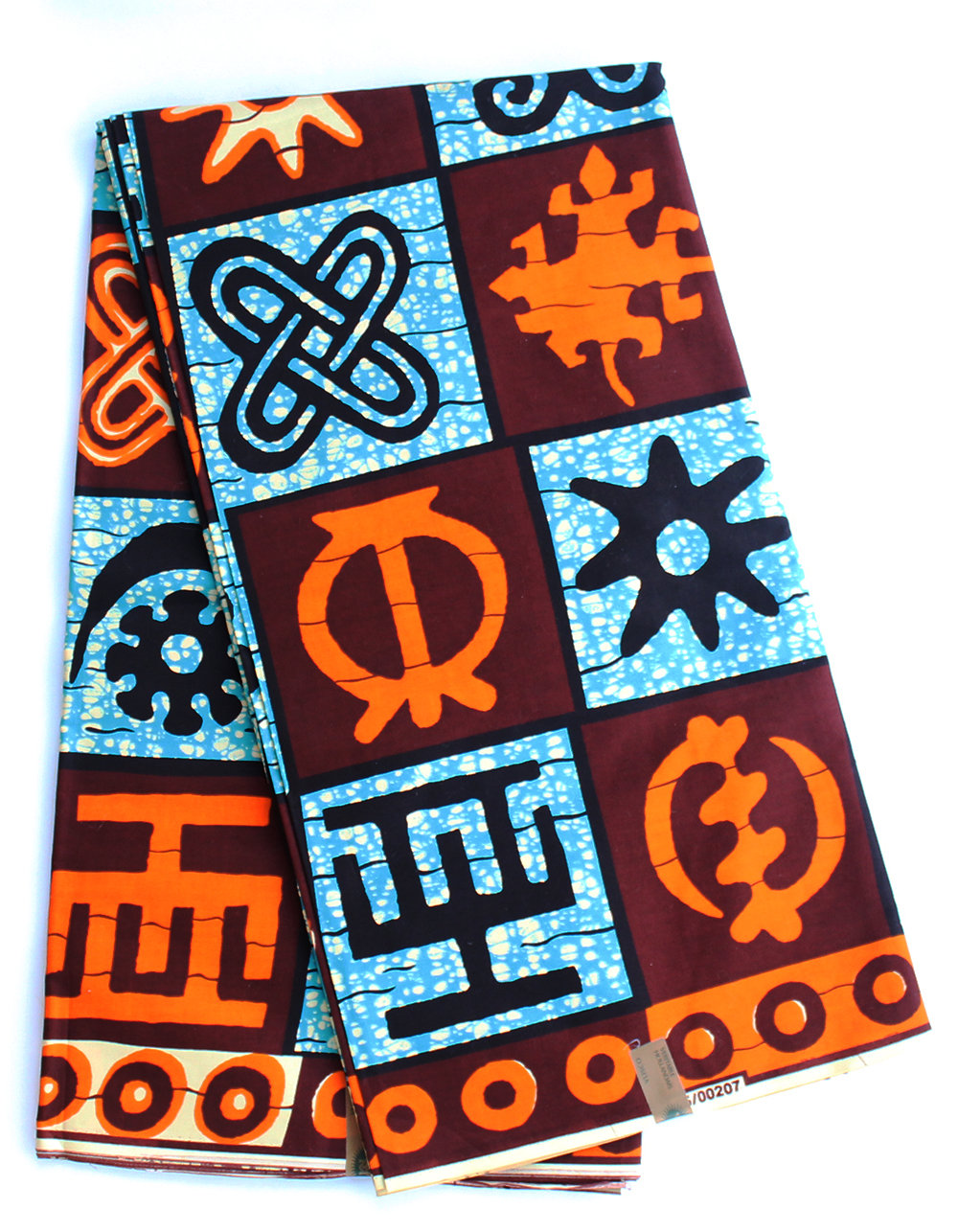
World of Wakanda
Symbols Decoded
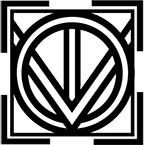
Black Panther Issue 1. T'Challa's Symbols
NEA OPE SE OBEDI HENE
A symbol of service and leadership
From the expression "Nea ope se obedi hene daakye no, firi ase sue som ansa" meaning "He who wants to be king in the future must first learn to serve." I thought it fitting for T'Challa, who is facing a civil war within the Wakandan Nation , to have the symbol of Kingly service to represent the trails he must face when returning to his land that was left in peril.
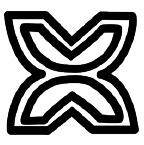
Black Panther Issue 1 Aneka & Ayo's Symbolism
Fawohodie
"Independence"
A symbol of independence, freedom, emancipation
"From the expression:
Fawodhodie ene obre na enam.
Literal translation: "Independence comes with its responsibilities." Aneka and Ayo face the consequences of their rebellion. Their love for one another could not be over shadowed by their duty as Dora Milaje.
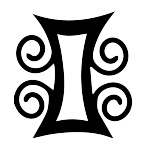
Black Panther Issue 1 Zenzi's Symbolism
Tamfo Bebre
“The enemy will stew in his own juice.”
Symbol of jealousy and envy. The Inhuman, Zenzi who conjures the base and primal emotions of those under her power's influence must learn to control her own rage and fear as she comes into her own powers. Her powers amplify the emotions of others to their extremes. Disarming her enemies by sending them into a self destructive frenzy or overwhelming empathy and sorrow.
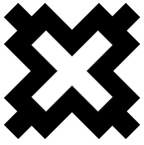
Black Panther Issue 2 Cover Symbolism
Aban
"Fence"
Strength and Authority. The Dora Milaje rebel against their reunited king. There is now a barrier between T"challa and his people. A fence that is invisible but felt throughout the nation.
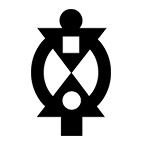
Black Panther Issue 3 T'Challa Symbolism
Boa Me Na Me Boa Wo
"Help Me to Help You"
Interdependence, Cooperation. The only way the Nation of Wakanda can be reunited is if the hearts and minds of the people are at peace and in alliance. That goal may be hard to come by as Wakanda's wounds have yet to be healed for T'Challa's absence and Namor's flood
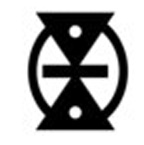
Black Panther Issue 3 Cover Symbolism
Mmere Dane
"Time Changes"
Change, Life's Dynamics. At one point and time the Dora Milaje were the faithful guardians and candidates for Queen of the Wakandan nation. Time has a way of changing the tides.
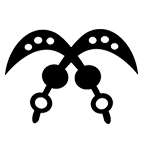
Black Panther Issue 4 Panther Symbolism
Akofena
"Sword of War"
Symbol of courage, valor, and heroism The crossed swords were a popular motif in the heraldic shields of many former Akan states. In addition to recognizing courage and valor, the swords can represent legitimate state authority. A fitting symbol for the Black Panther, Guardian and King of Wakanda
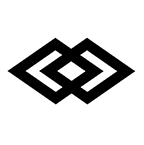
Black Panther Issue 4 Aneka Cover Symbolism
Epa
"handcuffs"
A symbol of law and justice, slavery and captivity. Adolph Agbo, in "Values of Adinkra Symbols" notes that handcuffs were introduced in Africa as a result of the slave trade, and later became popular among chiefs in cuffing offenders of the law. "The symbol reminds offenders of the uncompromising nature of the law. It however discourages all forms of slavery." Aneka did what should have been done when injustice went unanswered. But she is being punished for her defiance by taking the law into her own hands.
share this
Keep in touch
Join Labnotes
Get FREE weekly exclusive content from Afua
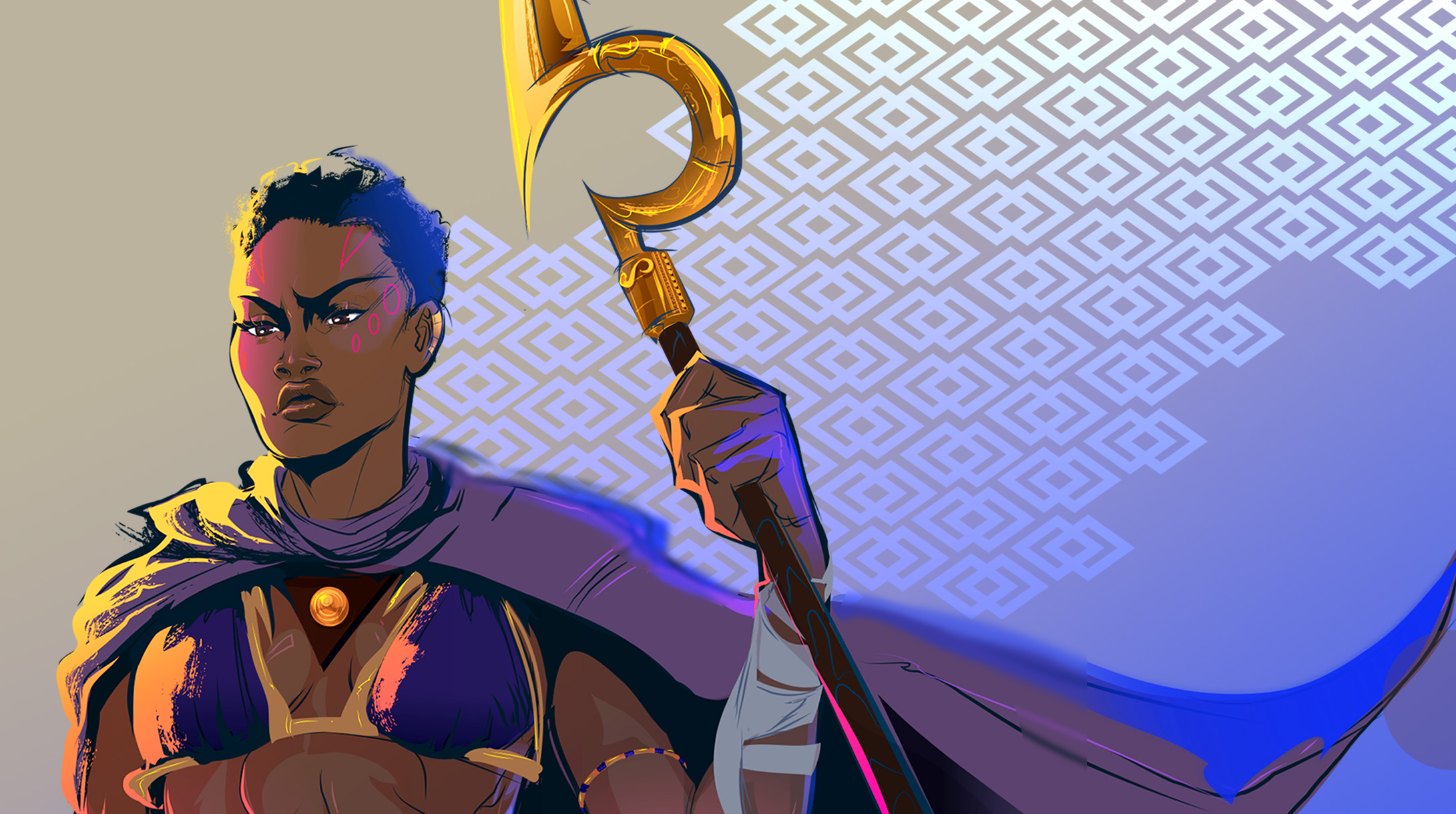
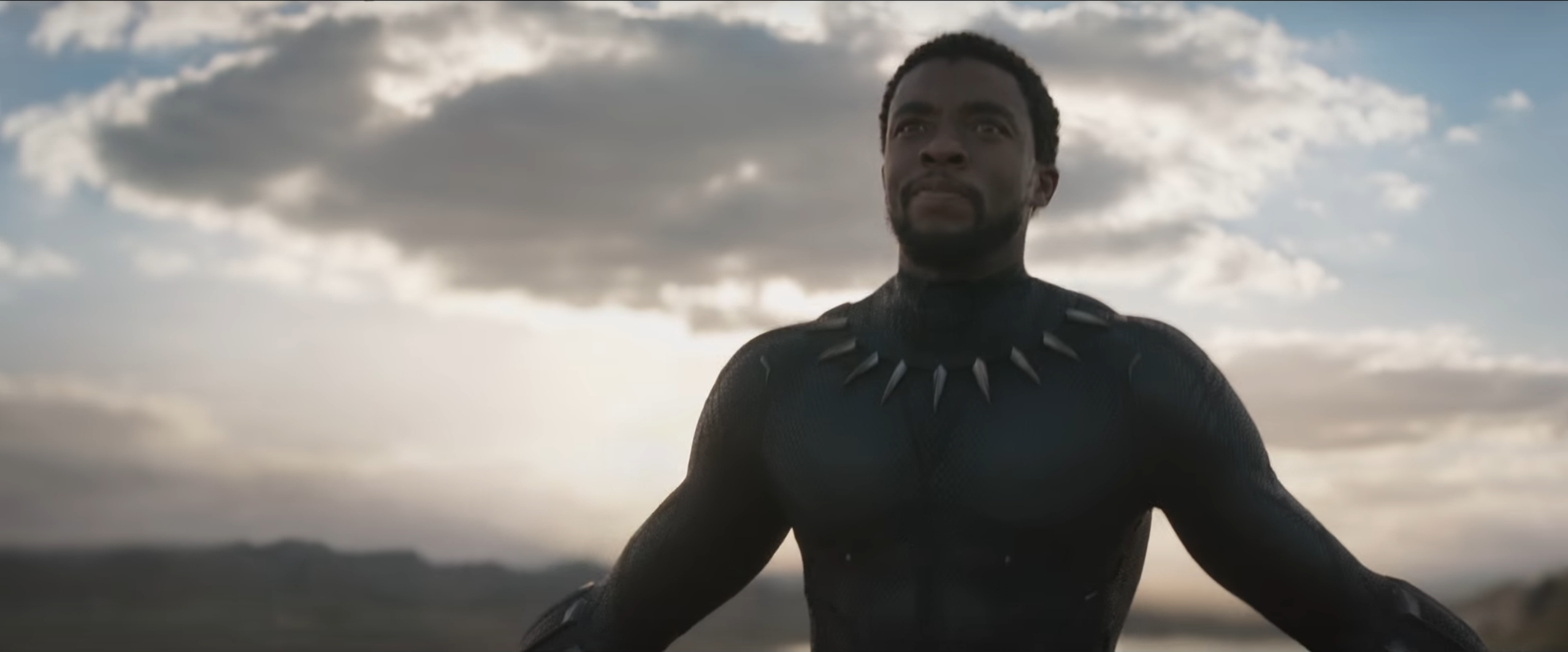
One Comment